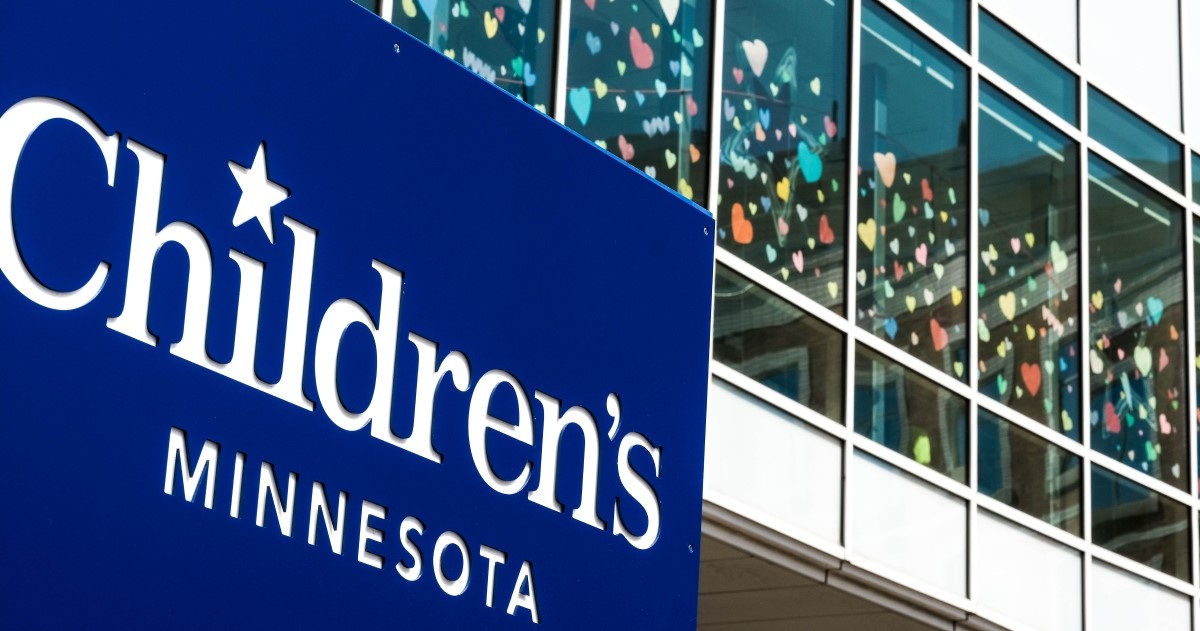
@ShahidNShah


Children's Minnesota's EHR approach within the hospital campus-based primary care clinics had suffered from years of minor revisions to original workflows and systems that no longer were a model for use. "Over the years, parts of the process were refined and updated – dynamic documentation, mPage workflow management and others – but the entire process of ambulatory patient management wasn't cohesively reviewed," said Dr. Chase Shutak, a clinical informaticist and primary care pediatrician at Children's Minnesota. The end result of these issues was an ambulatory primary care workflow that did not guide clinicians and other clinic employees through a standard workflow. "For care management within applicable visits, 59% of our clinicians demonstrated increased mental health screening compliance and 40% of our clinicians had increased asthma action plan completion." Managing the walk-in 'Ready Care' visits via a system built pre-scheduled patients was particularly difficult." This evaluated the entire care process for the clinic from pre-visit planning to post-visit care coordination and compared processes to Cerner model standard. "These areas were broken down into buckets consisting of clinic operations, patient check-in, rooming and intake, provider visit, and between-visit management. In order to standardize processes within different roles, Workflow mPages would be created for the medical assistants (who had previously not used mPages) and three separate Workflow mPages would be created for the clinicians for their three different clinical services (primary care, ready care and complex care). "In order to further standardize work, Cerner proposed expanding upon a method for completing all the components of a common visit (such as a well-child check or an acute visit for an upper-respiratory infection) called 'Quick Visits,'" Shutak explained. "For our walk-in Ready Care, Cerner proposed implementing their LaunchPoint Tracking Board," Shutak explained. "Being built for walk-in services, it would allow for easier check-in and registration as well as more efficient acute-care management," he continued. To better manage patient panels and think more concretely about population health management, Cerner proposed a service called Dynamic Worklists. Dynamic Worklists allow ambulatory clinicians to review and manage their patient panels based on specific problems, ages or health maintenance requirements.
"Dynamic Worklists would allow us to review the patients that are our primary panel for conditions like asthma and whether they had met certain health maintenance conditions – whether that was annual completion of an asthma action plan or annual visit within the clinic. "Other standardization recommendations included an initial effort at referral management for our local birth-to-three early childhood intervention services (called Help Me Grow in Minnesota) and creation of a between visit mPage workflow for our Message Center management," he added. The between visit mPage workflow was intended to allow staff to manage patients from within the Message Center (when reviewing lab results or portal messages) more quickly by being able to review a patient's chart from within the Message Center. "For our patients with asthma, our asthma care coordinator can now more easily find patients due for care or other annual evaluations while simultaneously sharing her list and work with the rest of the clinical team." "The mobile application Powerchart Touch has significantly changed patient care outside of the clinic," Shutak said. "Whether it was a more standardized workflow designed toward our clinical services or a more refined quick orders page or better adoption of quick visits or less clicking to create a note that incorporated the Bright Futures guidelines, they had a cumulative effect on our clinical efficiency." The ability to monitor and track all the patients waiting for care and in the process of receiving care within LaunchPoint enabled the team to better triage and manage the walk-in population. "For care management within applicable visits, 59% of our clinicians demonstrated increased mental health screening compliance and 40% of our clinicians had increased asthma action plan completion," Shutak stated.
Continue reading at healthcareitnews.com
Healthcare automation startup Olive is laying off about 450 workers, according to an email sent by CEO Sean Lane to employees on Tuesday. Lane wrote the company had grown quickly over the past several …
Posted Jul 23, 2022 Automation Career and Jobs
Connecting innovation decision makers to authoritative information, institutions, people and insights.
Medigy accurately delivers healthcare and technology information, news and insight from around the world.
Medigy surfaces the world's best crowdsourced health tech offerings with social interactions and peer reviews.
© 2024 Netspective Media LLC. All Rights Reserved.
Built on Jul 26, 2024 at 11:42am